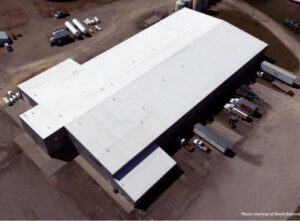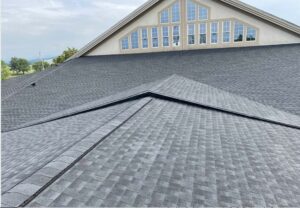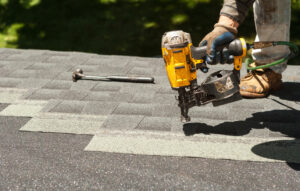All You Need to Know About Roof Replacement Services
Replacing a roof can seem like a daunting and expensive task, but it is an important process to preserve the safety of your home. Whether you plan to take on the job yourself or hire professionals, having all the necessary information before beginning is essential. From choosing materials and understanding costs to what precautions need to be taken, this blog post will cover all of the basics for any homeowner looking into roof replacement services.
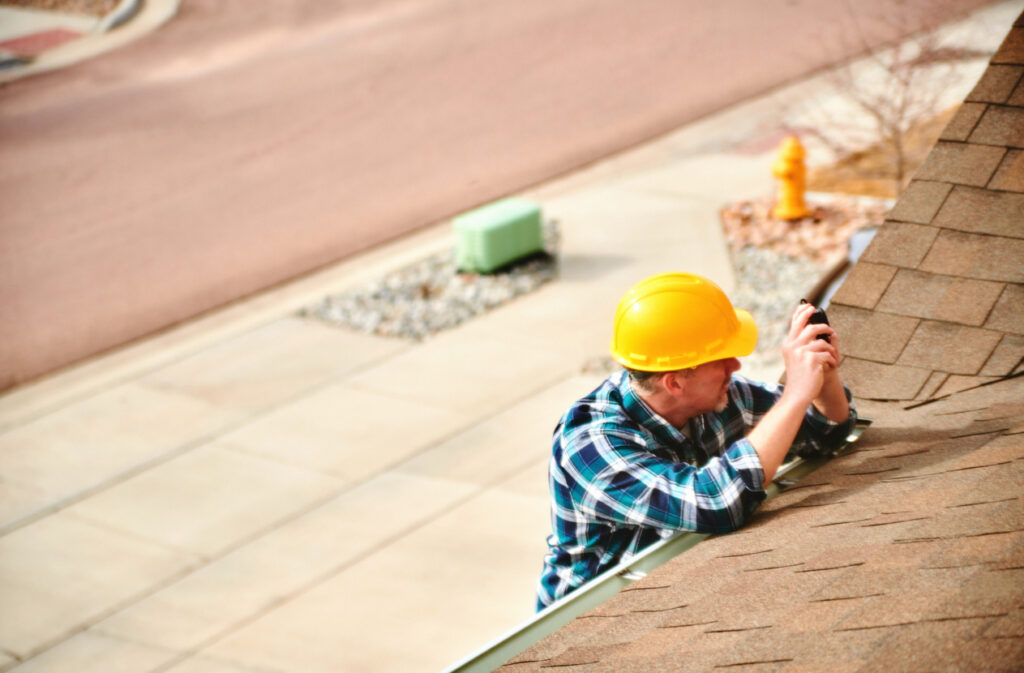
Understanding the Different Types of Materials Used in Roofing Replacements
When it comes to roofing replacements, there are a variety of materials that homeowners and contractors can choose from. These materials each have their own unique properties, making them suitable for different environments and applications. In this article, we will explore the different types of materials used in roofing replacements and provide you with a comprehensive understanding of their benefits and limitations.
- Asphalt Shingles: Asphalt shingles are one of the most popular roofing materials due to their affordability, durability, and easy installation. They are made of fiberglass or organic material that is coated with asphalt and mineral granules to provide protection against the elements. Asphalt shingles have a lifespan of around 15- 30 years and are available in a wide range of colors and styles to match any architectural style.
- Metal Roofs: Metal roofs are becoming increasingly popular due to their durability, energy efficiency, and low maintenance. They are typically made of steel, aluminum, or copper and can withstand years of exposure to harsh weather conditions such as rain, snow, and hail. Metal roofs also reflect heat, which helps to keep the interior of the building cool and reduce energy costs. They can last up to 50 years or more depending on the material used and the quality of installation.
- Slate Roofs: Slate roofs are a premium roofing material that offers unmatched beauty, longevity, and fire resistance. They are made of natural stone that is quarried and shaped into tiles that are then installed on the roof. Slate roofs can last up to 100 years or more, which is why they are often seen on historic buildings. These roofs require skilled labor and a significant investment due to the cost of the material and installation.
- Tile Roofs: Tile roofs are another premium roofing material that is known for their durability and aesthetic appeal. They are made of clay or concrete and are available in a variety of shapes, sizes, and colors to complement any architectural design. Tile roofs are resistant to fire, hail, and wind and can last up to 50 years or more with proper maintenance.
Roofing Replacement: Should You Hire a Professional or Do It Yourself?
When it comes to replacing your roof, you have a decision to make. Do you hire a professional roofing service or take on the project yourself? Both options have their pros and cons, so it’s important to consider a few key factors before choosing.
Professional Roofing Replacement Services
If you want the assurance of quality work and expertise, hiring a professional roofing contractor is the way to go. These licensed and experienced contractors specialize in roof replacement and offer guarantees for their work, insurance coverage, and compliance with regulations. They have the knowledge and skills to help you choose the right materials, use proper installation techniques, and maintain your roof. Plus, they come equipped with the necessary tools and equipment to get the job done safely and efficiently.
When considering the cost, it’s important to think about more than just the immediate financial implications. While professional roofing services may be more expensive upfront, they can be more cost-effective in the long run. This is because the quality and durability of the job, the materials used, and the warranties offered by professionals can save you money on future repairs and replacements.
DIY Roofing
For homeowners who are confident in their abilities and on a budget, DIY roofing replacement can be enticing. With the resources available online and in stores, it is possible to successfully replace your own roof.
However, there are significant drawbacks to consider. DIY projects can take longer, especially if you lack experience or the right tools. Choosing the wrong roofing material or installing it incorrectly can result in long-term damage and costly repairs. DIY roofing can also be more dangerous, as falls from heights are a real risk.
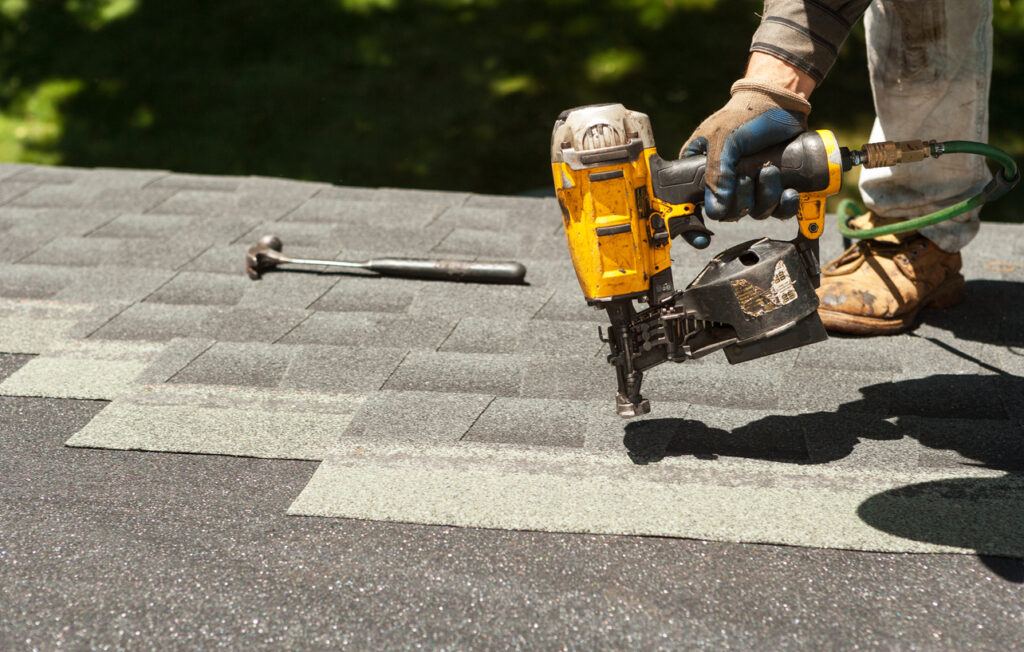
What to Expect from Professional Roofing Replacement Services
Professional roofing replacement services are often sought after to upgrade and improve the quality and durability of residential or commercial properties. When hiring a professional roofing contractor, it is important to know what to expect from their services. A reputable roofing contractor should offer a comprehensive range of services for replacing damaged or outdated roofs, including a thorough inspection, detailed consultation, and top-quality materials and workmanship.
During the inspection, the professional roofing contractor should closely examine the roof’s condition, identifying any existing issues, such as leaks, cracks, or missing shingles. They should also take into consideration the roof’s age, material, and overall condition. After the inspection, the roofing contractor should provide a detailed consultation, outlining their recommendations, including the type of roofing material to use, the estimated cost, and the time frame for completion.
When it comes to materials, a professional roofing contractor should use high-quality materials that are durable, long-lasting, and energy-efficient. The roofing materials should be able to withstand harsh weather conditions, such as heavy rainfall, hailstorms, and strong winds. They should also be able to provide adequate insulation, reducing energy costs while increasing comfort levels within the property.
The installation and replacement process should be carried out with the utmost care, professionalism, and attention to detail. The roofing contractor should use the latest tools and techniques to ensure a seamless and efficient process. This will include removing and disposing of the old roof, preparing the roof deck, installing the new roof, and ensuring proper ventilation and insulation.
Estimating the Cost of a Roof Replacement and Work with Your Budget
Replacing a roof is no small feat. Not only can it be a time-consuming and complex process, but it can also come with a hefty price tag. That’s why, when considering a roof replacement, it’s essential to take your budget into account.
The first step in estimating the cost of a roof replacement is to determine the size and scope of the project. The larger the roof, the more costly the replacement will be. Additionally, factors like the roof’s pitch and the materials used will also impact the overall cost.
When it comes to budgeting for a roof replacement, it’s important to consider both short-term and long-term costs. While it may be tempting to opt for cheaper materials to save money in the short term, doing so can result in higher long-term costs. Roofing materials that are more expensive but durable can save you money in the long run by minimizing the need for repairs and replacements down the line.
Another way to work with your budget is to explore financing options. Many roofing companies offer financing plans that can help you spread the cost of a roof replacement over time. This can be especially helpful for those who need a new roof but aren’t able to pay for it upfront. Ultimately, estimating the cost of a roof replacement and working with your budget requires careful planning and consideration.
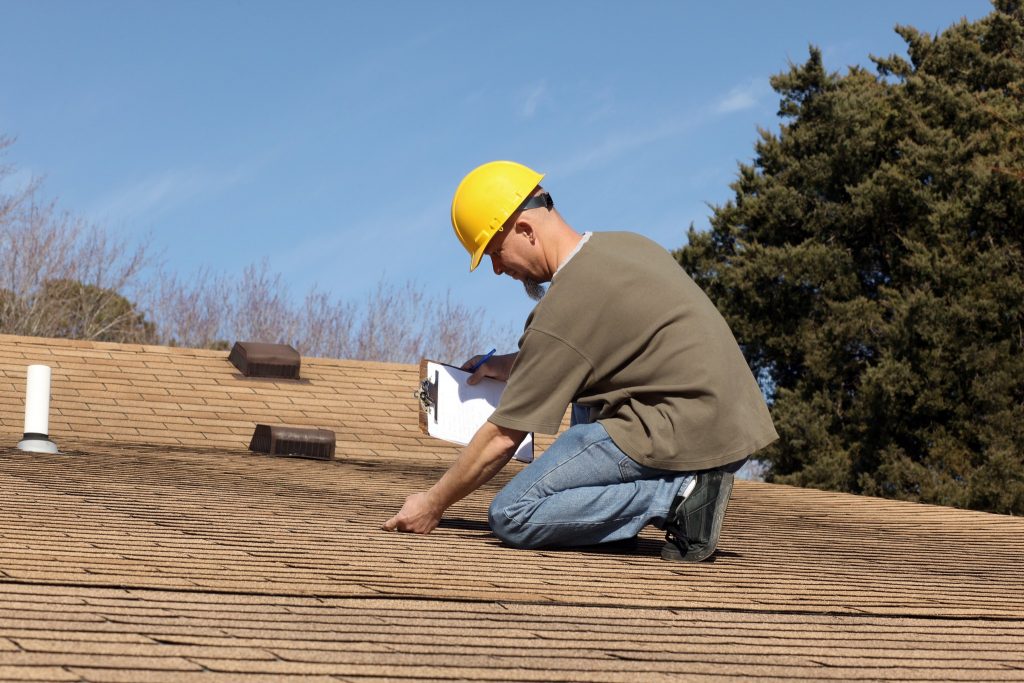
Tips for Protecting Your Home Before, During, and After the Roof Replacement Process
Protecting your home during a roof replacement is vital to safeguard your investment. Here are simple yet effective tips to ensure the process goes smoothly:
- Safeguard Valuables: Remove fragile items from your home before the project begins to protect them from debris or vibrations.
- Preserve Landscaping: Cover plants and lawn with tarps or plastic sheeting to prevent damage from falling debris.
- Move Vehicles: Park your vehicles away from the construction zone to avoid any potential damage.
- Maintain Gutters and Downspouts: Clear your gutters and downspouts before the project starts to ensure proper water management during heavy rain.
- Monitor Progress: Keep an eye on the construction process to ensure safety procedures are followed and proper equipment is used.
- Thorough Cleanup: Insist on a comprehensive post-construction cleanup to remove all debris and refuse from your property.
By following these steps, working with a reputable contractor, and prioritizing safety, you can achieve a stress-free roof replacement project that will protect your home for years to come.
With all this said, it’s clear that roof replacement service shouldn’t be taken lightly. It involves a significant investment of time, money, and resources to complete the job properly — and mistakes can be costly. That’s why it’s so important to understand the different materials used in the roofing replacement process and consider whether you should hire a professional or do the roof replacement job yourself. Professional services can provide you with an efficient and cost-effective way of getting the job done right, while DIY solutions are best for small projects or those with tight budgets. Be sure to calculate your estimated project costs and follow these tips for protecting your home when you get started. Now is the perfect time to start planning for your upcoming roof replacement!

